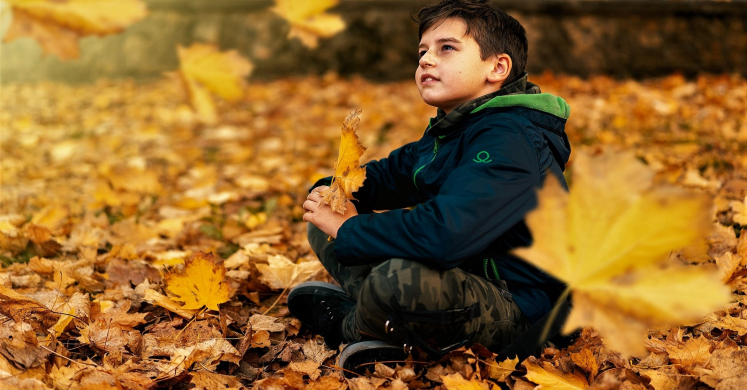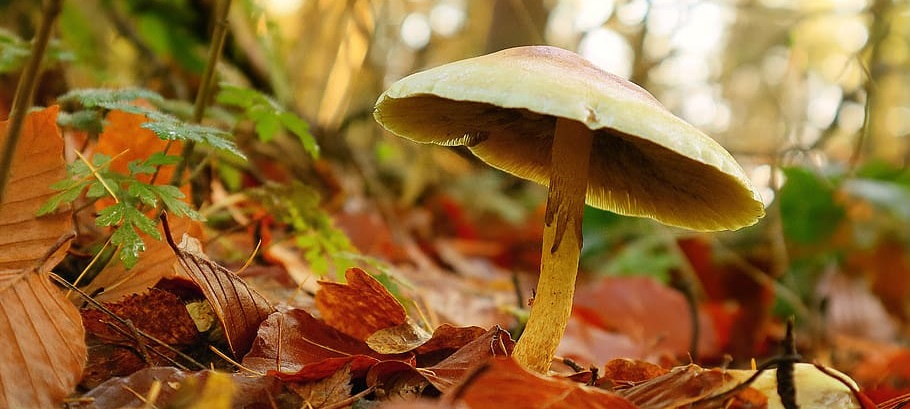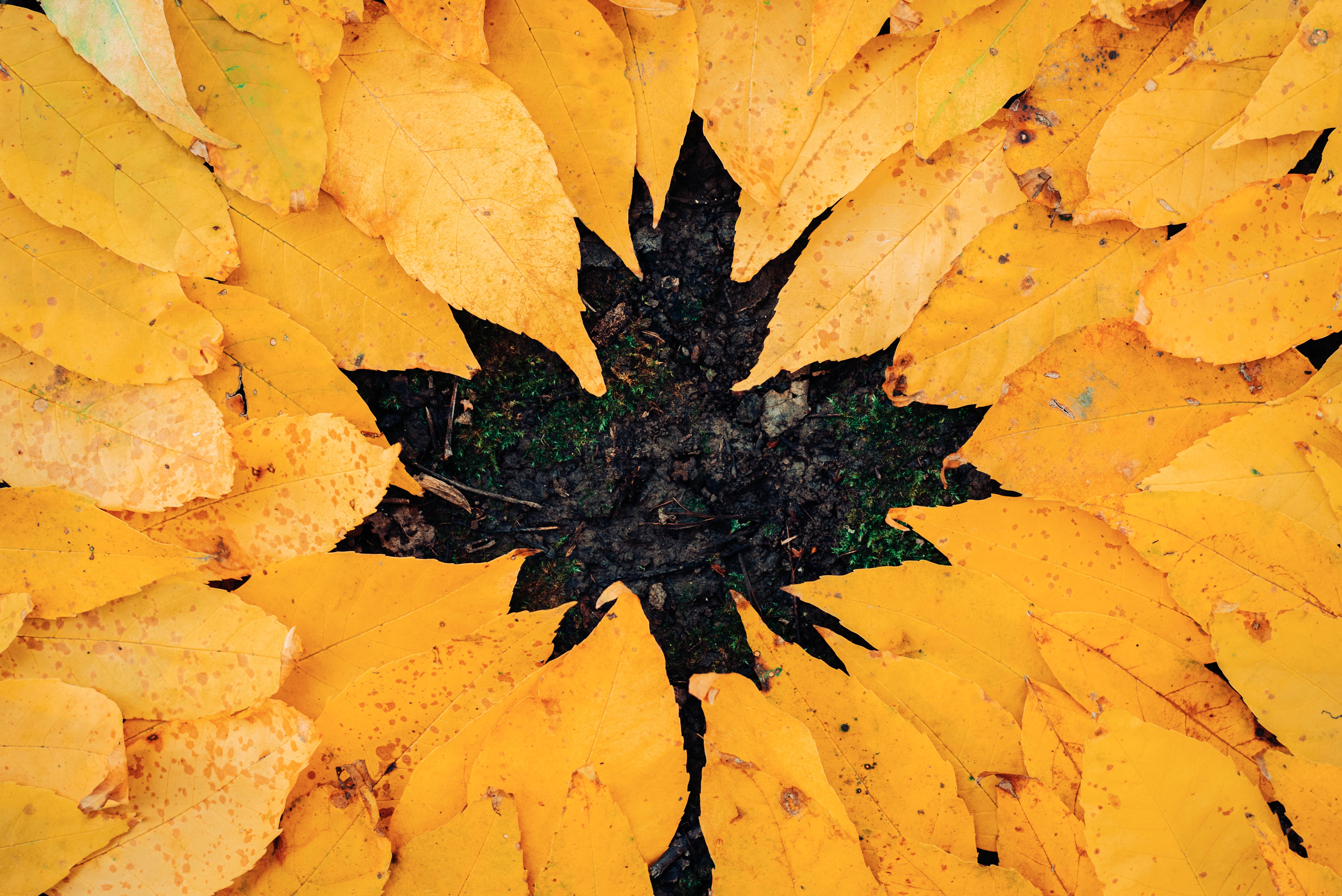Blog

#bioPGH Blog: Leaves and Memories
 A resource of Biophilia: Pittsburgh, #bioPGH is a weekly blog and social media series that aims to encourage both children and adults to reconnect with nature and enjoy what each of our distinctive seasons has to offer.
A resource of Biophilia: Pittsburgh, #bioPGH is a weekly blog and social media series that aims to encourage both children and adults to reconnect with nature and enjoy what each of our distinctive seasons has to offer.
I usually notice it first in early or mid-October. I can’t quite describe it, but the scent of the air “feels like fall.” The scent can perhaps be described to me as smoky yet fresh, earthy, and with the slightest fruity or floral hints. As the leaves fall, the scent is more noticeable and it brings on an unexpected wave of nostalgia and draws a smile and a familiar feeling of comfort. Have you experienced this? Have you wondered what indeed are those scents in the autumn air, and why do they have the power to elicit emotional responses? This week, I am joined by Dr. Katilyn Mascatelli, Phipps’ ecopsychologist, and we’re going to get a little biochemical and psychological for the answers – let’s explore!
First, the main scent of leaves in the fall comes from gasses like isoprenoids, which are released from leaves as trees begin to shed their foliage. Isoprenoids are a large group of hydrocarbon compounds — a category of molecules typically made up of a repeating “unit” of hydrogen atoms plus five carbon atoms joined together in particular shape. There are over 50,000 variations of isoprenoids out there in the nature, and the different variations are made by adding multiples of these units together, or by adding a dash of some other chemical. Member of this group are used by plants in a variety of ways. They are found in pigments like chlorophyll and plant hormones, and notably, from a fragrance side, they are found in essential oils. In addition to scents that fallen leaves themselves emit, as fungi on the ground begin to break down said leaves, they can give off faint scents that range from a slightly fruity to musky. These earthy chemicals all combine to form that indescribable yet highly recognizable aroma of autumn in the forest.

Pxfuel
Yet what is it about the smell of a bunch of plant chemicals that can produce a blissful, or even perhaps bittersweet, wave of nostalgia?
To explore that, we have to do a quick bit of backstory on how memories are formed and represented in the brain. While we don’t know all of the details of this, most neuroscientists and psychologists agree that three processes play key roles in memory: encoding, storage, and retrieval. If we think of our brains as a large filing cabinets that store our memories, encoding is the process of filing or putting away the memories, storage is keeping the memories in their respective mental drawers and retrieval is locating and pulling out specific memories.
Intriguingly, our sense of smell plays an important role in both encoding and retrieval of memories, especially personal memories about our own experiences. In fact, researchers have found that memories triggered by smells are more emotional, more vivid, more likely to be from the first decade of life and evoke stronger feelings of being “brought back in time” than memories triggered by visual or verbal cues. For memory encoding, researchers have also found that “odor learning” begins very early in life, whereas the relatively slower development of visual and cognitive systems means that visual and verbal learning happens later. This means that different scents can help us form or encode memories sooner than seeing or hearing something. Studies have even have shown that odors enhance autobiographical memory retrieval in patients with Alzheimer’s disease as well as information memory retrieval in healthy adults. Researchers believe that smells have such a strong effect on retrieval because they serve as powerful contextual cues that guide our brains to the right memory.
If we combine all of this together, it is safe to suggest that the scent of fall stays powerfully with us, and perhaps the emotions that accompany that scent could be coming from as far back as childhood — maybe memories of playing in leaves, trick-or-treating or other seasonal joys and wonders. Yet whatever the science may be, it’s only a hint of the magic in nature. If you haven’t had a chance to make or relive some outdoor fall memories, grab a jacket and mask and head out there! A bit of outdoors will do us all good.

Pexels
Connecting to the Outdoors Tip: Parks and trails are a wonderful space in the pandemic, but be sure to adhere to CDC, Pennsylvania and Allegheny County guidelines. Under the current advisory, visit outdoor spaces with members of your own household, and be sure to wear your mask!
Continue the Conversation: Share your nature discoveries with our community by posting to Twitter and Instagram with hashtag #bioPGH, and R.S.V.P. to attend our next Biophilia: Pittsburgh meeting.
Resources
Encyclopedia Brittanica: Isoprenoids
Aggleton, J. P., & Waskett, L. (1999). The ability of odours to serve as state‐dependent cues for real‐world memories: Can Viking smells aid the recall of Viking experiences?. British Journal of Psychology, 90(1), 1-7.
Chu, S., & Downes, J. J. (2002). Proust nose best: Odors are better cues of autobiographical memory. Memory & Cognition, 30, 511-518.
Glachet, O., Moustafa, A. A., Gallouj, K., & El Haj, M. (2019). Smell your memories: Positive effect of odor exposure on recent and remote autobiographical memories in Alzheimer’s disease. Journal of clinical and experimental neuropsychology, 41(6), 555-564.
Hackländer, R. P., & Bermeitinger, C. (2017). Olfactory context-dependent memory and the effects of affective congruency. Chemical Senses, 42(9), 777-788.
Herz, R. S. (2004). A naturalistic analysis of autobiographical memories triggered by olfactory visual and auditory stimuli. Chemical Senses, 29, 217-224.
Rubin, D. C., Groth, E., & Goldsmith, D. J. (1984). Olfactory cuing of autobiographical memory. American Journal of Psychology, 97, 493-507
Willander, J., & Larsson, M. (2006). Smell your way back to childhood: Autobiographical odor memory. Psychonomic bulletin & review, 13(2), 240-244.
Photo credits: Both images Pexels, public domain

